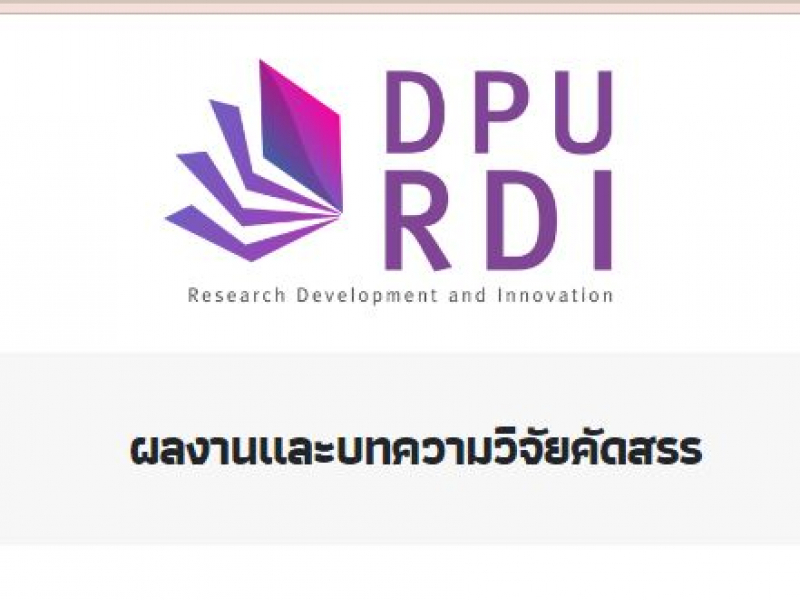ปัจจัยที่ส่งผลต่อการเป็นองค์การแห่งนวัตกรรม กรณีศึกษาสถาบันวิจัยแสงซินโครตรอน (องค์การมหาชน)

บทคัดย่อ
The objectives of this research are to 1) study the factors that affect an innovative organization: a case study of the Synchrotron Light Research Institute (Public Organization), and 2) study the approaches to developing an innovative organization: a case study of the Synchrotron Light Research Institute (Public Organization). In this study, mixed methods research was used: in the quantitative research, the population comprised 215 people affiliated with the Synchrotron Light Research Institute (Public Organization) and the questionnaires were used as a data collection tool from 144 samples with a total of 132 responses; in the qualitative research, a semi-structured interview was conducted with 9 personnel of the Synchrotron Light Research Institute (Public Organization). The statistics used to analyze the data were percentages, mean scores, standard deviations, and multiple regressions.
The results of the study showed that 1) overall, being an innovative organization of the Synchrotron Light Research Institute (Public Organization) is at a high level. When considering each aspect, the ranks from the highest to the lowest are the organization's innovation development process, the organization’s innovation outcomes, the organization’s innovator creation, and the organization's capability of innovation creation, 2) factors affecting an innovative organization: a case study of the Synchrotron Light Research Institute (Public Organization) are customer focus, the organization’s management of information technology, and the organization's management of innovative networks, with a statistical significance at the 0.05 level, which is consistent with the qualitative research results, 3) approaches to developing an innovative organization: a case study of the Synchrotron Light Research Institute (a public organization) include managing the organization's capability of innovation creation, such as the development of a new work process; the organization's innovation outcomes, such as the ability to increase income or decrease expenses associated with output from the organization's innovation development; and the organization's innovator creation. The organization may consider a variety of activities to encourage personnel to continuously create innovation.
นักวิจัย :
ดร.นิสรา ใจซื่อ
สังกัด :
คณะรัฐประศาสนศาสตร์ มหาวิทยาลัยธุรกิจบัณฑิตย์
ปีที่เสร็จ :
2566
